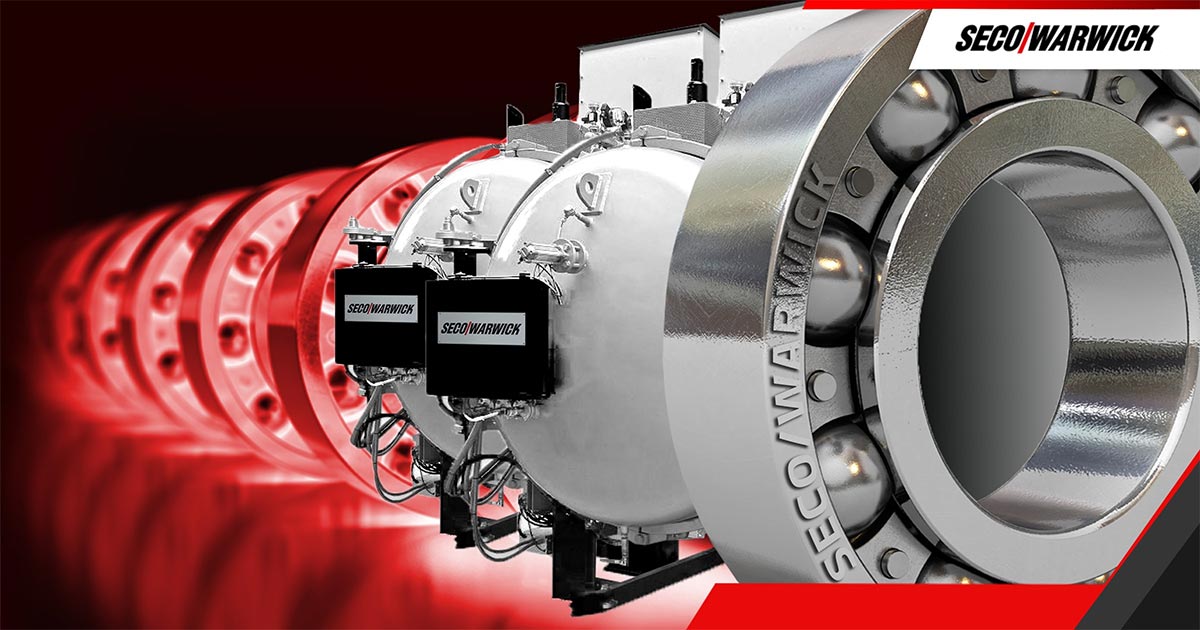REPLACING INDUSTRIAL FURNACE INSULATION
It is a common practice for plants to perform a general overhaul of industrial furnaces as part of a maintenance schedule. This process often includes the replacement of existing insulation with new and updated materials. This operation is carried out approximately every 4-7 years depending on the degree of exploitation of the device during this period. In practice, we encounter furnaces where, for various reasons, the insulation has not been replaced since the furnace was commissioned – even after 20 years!
The experience of SECO/WARWICK service specialists shows that improper or leaky insulation is the main reason for heat losses. Replacing it can save money in the heat treatment process.
/Stages of insulation replacement
Before each replacement, our specialists thoroughly analyze the needs of the heat treatment process and select the most effective solution. Whether it will be hard or soft insulation or a combination of both solutions, we present it in the form of numerical and economic arguments.
The replacement of insulation, in the area of maintenance, falls into the category of a major overhaul or capital repair of the furnace. On this occasion, it is also worth considering the replacement or modernization of the furnace heating system, as it is also a crucial cost element of heat treatment. When deciding to change the system, it should be included in the furnace insulation design, taking into account, e.g., special finishes of openings for gas burners or electric heating elements.
More information on heating system

/Benefits of replacing industrial furnace insulation

/Reducing heat losses
New, airtight insulation minimizes heat escape, which translates into lower energy consumption

/Savings in the heat treatment process
Lower energy consumption means lower furnace operating costs

/Extending the life of the furnace
Protection of the furnace structure against overheating and thermal deformation

/Improved work safety
Modern insulation protects against burns and reduces the risk of fire spreading

/Better temperature control
Even temperature distribution in the furnace chamber reduces the risk of production defects

/Aesthetics and technical order
New insulation improves the appearance of the furnace, and makes it easier to maintain order in the plant

/Increased reliability and ease of maintenance
Modern insulation materials are easy to install and dismantle, facilitating future repairs

/Resistance to harsh industrial conditions
New materials are resistant to vibrations, moisture, mechanical and chemical damage

/Maintaining the compact dimensions of the furnace
Modern insulations are thin, therefore they do not reduce the furnace’s working space

/The ability to adapt equipment to modern heating systems
Replacing insulation is a good opportunity to modernize heating elements (e.g., gas burners, and electric heaters)

/Increased energy efficiency
Better insulation helps maintain a constant temperature inside the furnace, improving the quality of technological processes
What does an industrial furnace thermal insulation replacement involve?
Thermal insulation replacement in an industrial furnace consists of removing worn-out insulation materials and replacing them with modern components that provide improved energy efficiency, work safety and thermal process stability.
When should thermal insulation in a furnace be replaced?
Insulation should be replaced when:
- There is heat loss
- The insulation is physically damaged
- The furnace cannot reach required temperature parameters
- Operating costs have increased
What are the benefits of replacing thermal insulation?
- Reduced energy consumption
- Improved process stability
- Enhanced work safety
- Extended furnace lifespan
How do I order thermal insulation replacement service?
Contact the SECO/WARWICK service department via the contact form on the website or by phone to receive a tailored offer. The contact form is available here: https://www.secowarwick.com/en/service/



